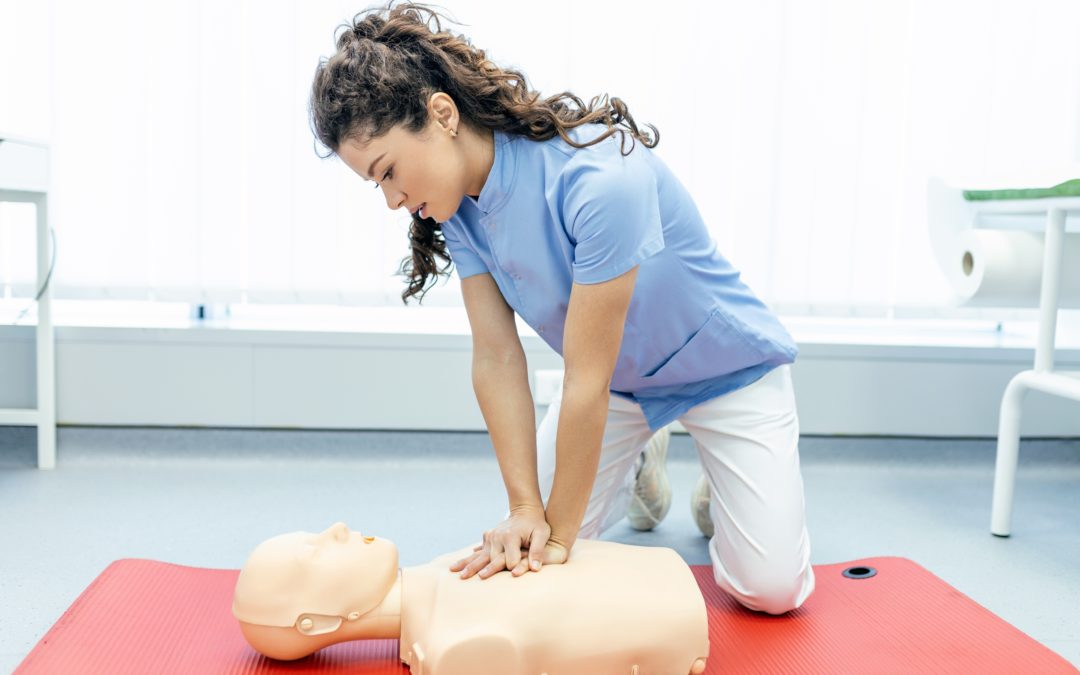June 1-7 is National CPR and AED Awareness week. These life-saving processes can provide crucial care in a critical time for patients and can be utilized by anyone.
Cardiac arrest is a leading cause of death in the United States. If a cardiac arrest patient is quickly given CPR or an AED is utilized, their chances of survival rise exponentially. AED’s are located in many public areas and provide instructions on the machine. CPR is important to know before an event occurs.
Cardiac Arrests Occurring Out-of-Hospital
Each year, more than 350,000 cardiac arrests occur outside of a hospital, according to the American Heart Association, and about 90 percent of people who suffer out-of-hospital cardiac arrests die. CPR, especially if performed immediately, can double and sometimes even triple the patient’s chance of survival. Unfortunately, only about 40% of people who experience an out-of-hospital cardiac arrest receive the immediate help they need before the professionals arrive.
Over 70 percent of out-of-hospital cardiac arrests happen in homes.
When a person has a cardiac arrest, survival depends on immediately receiving CPR from someone nearby. Hands-Only CPR has been shown to be as effective in the first few minutes as conventional CPR.
What to Do:
- Call 911
The operator at the call center can assist you while getting the emergency help on the way.
- Push to the beat
Music can help save lives. Put your hands in the center of the patient’s chest and push hard and fast to the beat:
Songs such as “Stayin’ Alive”, “Crazy in Love”, “Hips Don’t Lie” or “Walk the Line” are set to a beat for adequate CPR. The American Heart Association even has a “Don’t Drop the Beat” playlist available on Spotify.
When performing CPR, push on the chest at a rate of 100 – 120 compressions per minute. Remember to push hard.
Do you have 90 seconds?
Watch this 90-second video here to learn how to do Hands-Only CPR. Some airports even have machines to teach travelers while they wait on a flight.
These 90-seconds could be the difference between life and death. Will you help us help others?







